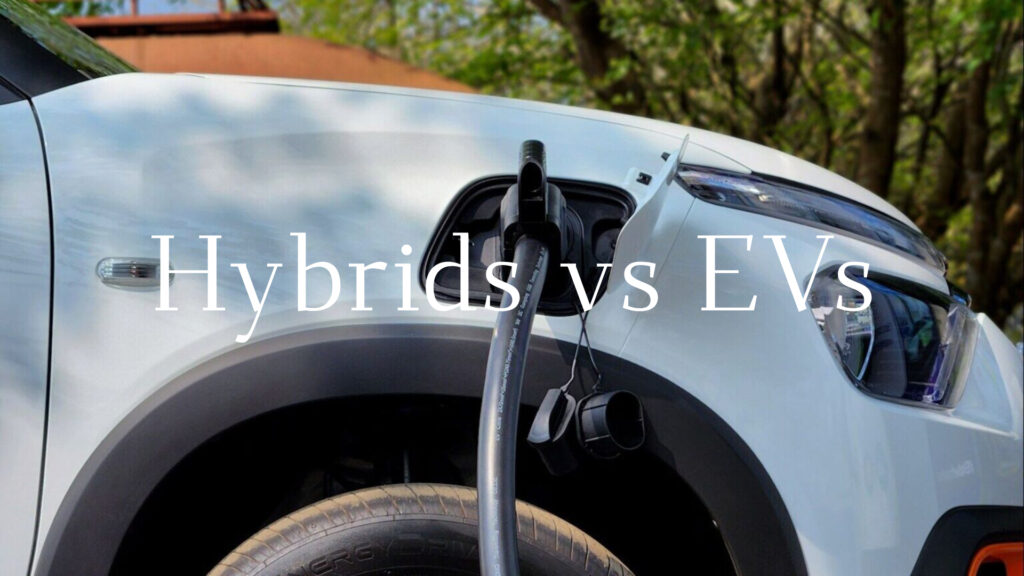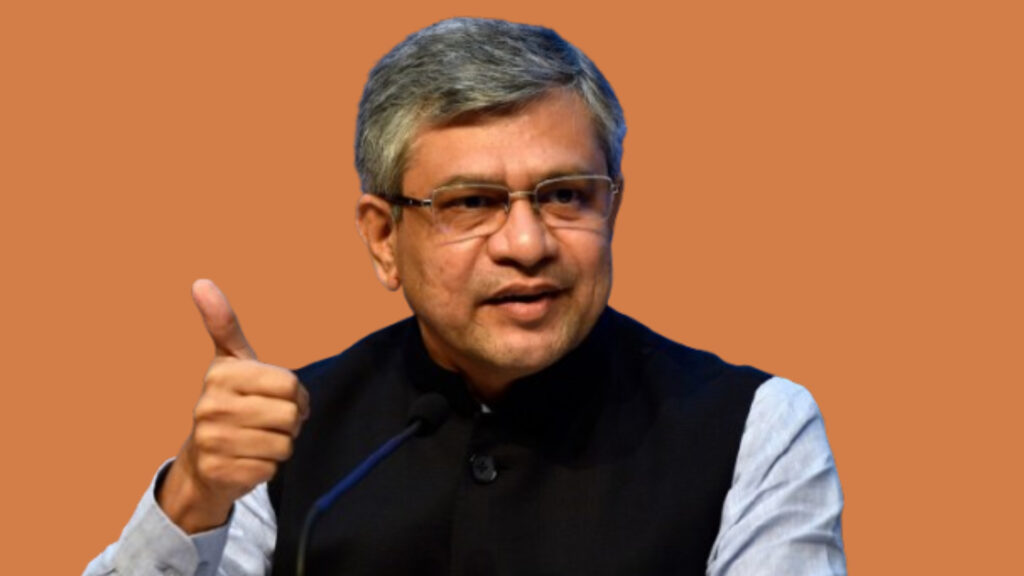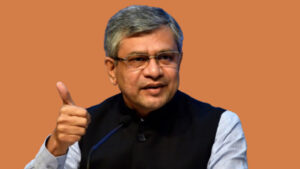Hybrids vs EVs: 5 Crucial Insights Stirring Delhi Debate
News Hybrids vs EVs: The latest advisory for Delhi fleet operators has added fresh fuel to the ongoing debate around the future of clean transportation in India’s capital. With Delhi grappling with hazardous air quality levels and policymakers piecing together green mobility frameworks, the question on everyone’s lips is whether hybrid vehicles deserve the same recognition and incentives as pure electric vehicles (EVs).
This article dives deep into the nuanced perspectives shaping this debate, unpacks the implications of the recent advisory by the Commission for Air Quality Management (CAQM), and explores what it means for fleet operators, automakers, and India’s climate goals.
Background: Why the Debate Over Hybrids vs EVs Matters
Delhi continues to rank among the most polluted cities worldwide, with vehicular emissions contributing a significant share of its toxic air. In response, policymakers have been pushing for the electrification of transport fleets, encouraging a shift away from internal combustion engine (ICE) vehicles to cleaner alternatives.
In this context, the News Hybrids vs EVs: New advisory for Delhi fleet operators adds fresh fuel to fire has brought the spotlight back on a critical question: Should hybrid vehicles—those combining combustion engines with electric propulsion—be considered equally ‘clean’ as battery electric vehicles?
As Delhi’s CAQM issued its new advisory in early June 2025, the absence of a clear definition of “clean vehicles” left room for interpretation. While a prior advisory included hybrids, battery electric vehicles (BEVs), and compressed natural gas (CNG) cars under clean vehicles, the latest guideline only bans conventional petrol/diesel ICE vehicles without explicitly defining ‘clean’.
1. The Ambiguity of Policy and Its Reverberations
The latest CAQM advisory directs operators of 4-wheelers (light commercial and goods vehicles) and 2-wheelers to stop inducting conventional petrol or diesel vehicles from January 1, 2026. However, it does not explicitly clarify whether hybrid vehicles fall under the permissible category.
This ambiguity has ignited a policy tug-of-war:
- EV Lobby Concerns: Electric vehicle manufacturers warn that blurring the lines could dilute incentives for BEVs, thus undermining investments already poured into developing zero-emission technology.
- Pro-Hybrid Camp: Advocates argue hybrids serve as a practical, reliable transition technology, especially given India’s current infrastructure and consumer behaviors.
Without firm policy definitions, the market faces uncertainty, which might slow down the transition to zero emissions or fragment it across different technologies.
2. Why Hybrid Vehicles Are Gaining Ground
Hybrid vehicles leverage both a combustion engine and an electric motor. Their appeal lies in:
- Reduced tailpipe emissions compared to pure ICE vehicles.
- Improved fuel efficiency, which directly cuts pollutant output.
- Extended driving range and eliminated ‘range anxiety’ concerns typical of early BEVs.
- Lower upfront cost compared to fully electric cars—an important factor in emerging markets.
These advantages have led manufacturers like Tata Motors, Hyundai, and Mahindra to lobby for hybrids to be included under clean vehicle incentives.
Moreover, CAQM’s 2 May advisory explicitly included strong hybrid electric vehicles (SHEVs) in the list of clean vehicles, praising them for “substantial improvements in fuel efficiency and emission reduction” over conventional vehicles. Critics may consider this a pragmatic strategy given the urgent pollution crisis in Delhi.
3. The Counterargument: The Case for Pure EVs
Critics and many EV proponents highlight the fundamental difference: while hybrids reduce emissions, they still burn fossil fuels. Only pure battery electric vehicles (BEVs) produce zero tailpipe emissions.
Sharif Qamar from The Energy and Resources Institute (TERI) stresses that if the government’s goal is to reduce vehicular emissions and improve air quality, then only zero-emission vehicles should receive priority and incentives.
Here are some key points from the pure EV proponents:
- True Zero Emissions: BEVs eliminate tailpipe pollutants entirely, a critical need in Delhi’s toxic air crisis.
- Long-Term Sustainability: Investing in BEVs encourages renewable energy integration and innovation in battery tech.
- Avoids Policy Confusion: Clear prioritization simplifies regulation, reduces loopholes, and directs consumer behavior decisively.
For this camp, including hybrids in the same policy bracket might slow the technological leap needed to meet India’s climate commitments.
You might also like: Global Automakers
4. Industry Moves and Market Trends
The Indian automotive sector presents a mixed picture:
- Maruti Suzuki remains unique with a portfolio spanning ICE, hybrid, and electric vehicles. It has stayed cautious in its hybrid expansion plans.
- Hyundai India recently announced plans to introduce hybrid electric vehicles domestically but has delayed concrete timelines.
- Honda cut back its EV ambitions, opting instead to focus on hybrids after observing slower EV adoption.
- HSBC Global Research analysts argue the relationship between hybrids and EVs is complementary, rather than competitive — suggesting both will propel the clean mobility ecosystem forward.
In essence, market realities and consumer adaptability are influencing manufacturers to hedge bets by exploring hybrid technologies alongside full EVs.
5. What This Means for Delhi’s Fleet Operators
Fleet operators in sectors like delivery services, vehicle aggregators, and e-commerce are directly affected by the CAQM’s advisory.
Adapting to the Clean Vehicle Directive:
- From January 1, 2026, fleets must eliminate new additions of conventional petrol and diesel vehicles.
- Uncertainty remains whether hybrids qualify, impacting fleet procurement strategies.
- Electrification could involve higher upfront investment, but operational costs are expected to reduce with EVs given lower fuel and maintenance costs.
- Range and charging infrastructure challenges currently limit 100% EV adoption; hybrids offer a transition technology to bridge this gap.
- Hybrids vs EVs
For operators, balancing cost, regulatory compliance, and operational efficiency means factoring in not just clear government incentives but also practical realities of usage, infrastructure, and vehicle availability.
Broader Implications for India’s Clean Mobility Goals
India’s transport sector emissions contribute to nearly 14% of its total greenhouse gas emissions. To meet international climate commitments and improve local health, the transition to clean vehicles is non-negotiable.
Yet, the “hybrids vs EVs” debate highlights crucial challenges: policy coherence, technology readiness, infrastructure expansion, and market acceptance.
Considerations Going Forward:
- Policy Clarity: Defining “clean vehicles” unambiguously is vital. Ambiguity risks delaying progress and confusing stakeholders.
- Incentive Structures: Gradual phase-outs and differentiated incentives may help balance immediate emission reductions with long-term zero-emission goals.
- Infrastructure Development: Expanding charging networks is critical for full EV adoption, while hybrid vehicles may serve well in the short term.
- Consumer Awareness: Education campaigns can help fleets and individuals understand the benefits and trade-offs of each technology.
The Road Ahead in Delhi and Beyond
The Hybrids vs EVs: New advisory for Delhi fleet operators adds fresh fuel to fire is not just another policy announcement. It represents a crossroads in India’s journey toward sustainable urban transport.
While purists argue for exclusive incentives on battery electric vehicles, practical realities demand a more nuanced approach. Strong hydrogen hybrids and plug-in hybrids offer immediate pollution relief, better fuel economy, and practical usability within existing infrastructure.
Ultimately, a hybrid approach—both metaphorically and literally—could propel India’s clean mobility ecosystem, leveraging the complementary strengths of hybrids and EVs. Policymakers must walk the fine line between aspiration and pragmatism, crafting clear, flexible frameworks that catalyze real change rather than stoke division.
The debate is far from settled, but one thing remains clear: Delhi’s battle for cleaner air demands decisive action across technology spectrums, meaningful incentives, and a united vision.
Key Takeaways
- Delhi’s air quality challenges have placed clean vehicle policies under intense scrutiny.
- The CAQM advisory’s ambiguity on hybrids versus EVs fuels policy confusion and market uncertainty.
- Hybrid vehicles offer immediate emission reductions and practical benefits but are not zero-emission.
- Pure EV advocates emphasize prioritizing vehicles with zero tailpipe emissions for meaningful air quality improvements.
- A balanced, phased approach could harmonize short-term needs with long-term climate goals.
For fleet operators, automakers, environmentalists, and consumers alike, the evolving Delhi narrative on hybrids versus EVs is a critical bellwether of India’s clean mobility future.
Check this out for more : caranddriver













